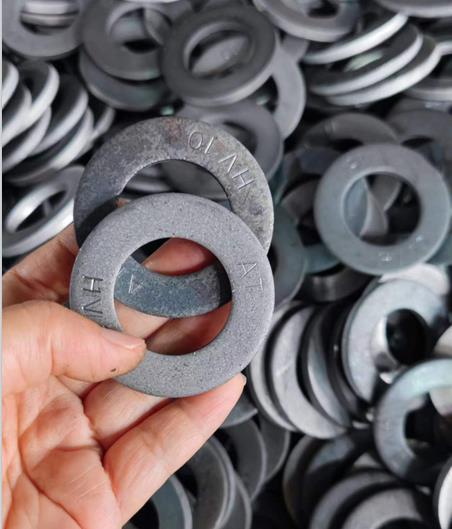self tapping screw standard product
Understanding Self-Tapping Screw Standards
Self-tapping screws are essential fasteners in various industries, enabling manufacturers and DIY enthusiasts alike to secure materials without the need for pre-drilled holes. These screws feature a unique design that allows them to create their own mating threads as they are driven into materials like wood, metal, and plastic. Given their widespread application, adhering to industry standards for self-tapping screws is crucial for ensuring quality, safety, and compatibility in various projects.
What are Self-Tapping Screws?
Self-tapping screws are specialized screws that can tap their own hole as they are driven into materials. This functionality is achieved through a sharp point and cutting threads, allowing the screw to carve its own thread into the substrate. Self-tapping screws can be categorized into two main types self-tapping and self-drilling screws. Self-tapping screws require a pre-punched hole, while self-drilling screws have a drill point that eliminates the need for a pre-drilled hole altogether, making installation quicker and more efficient.
Importance of Standards
Standards for self-tapping screws are established to ensure that these fasteners meet specific specifications regarding dimensions, material composition, performance, and reliability. In many countries, standards are developed by organizations such as the American Society for Testing and Materials (ASTM), the International Organization for Standardization (ISO), and various industry-specific groups. Adhering to these standards helps manufacturers produce high-quality screws that consumers can trust, minimizing the risk of failure in critical applications.
1. Material Specifications
Self-tapping screws can be made from various materials, including steel, stainless steel, brass, and plastic. The choice of material affects the screw's strength, corrosion resistance, and suitability for different applications. Industry standards specify minimum requirements for the material properties of these screws, ensuring they can withstand the intended load and environmental conditions.
self tapping screw standard product

The dimensions of self-tapping screws, including diameter, length, and thread pitch, must adhere to specific standards. Proper dimensions are vital for ensuring compatibility with pre-existing holes and for achieving the required clamping force when fastened. Standards help manufacturers produce screws that fit the necessary applications, promoting consistency and reducing assembly issues.
3. Performance Standards
Performance standards evaluate how well self-tapping screws can withstand various stresses, including shear and tensile loads. Test methods for evaluating the performance of screws under different conditions, such as temperature variations and moisture exposure, are outlined in industry standards. By adhering to these standards, manufacturers can ensure their screws maintain structural integrity and longevity.
4. Coating and Finish Standards
The surface treatment of self-tapping screws can enhance their corrosion resistance and aesthetic appeal. Standards dictate the types of coatings and finishes that are acceptable, such as zinc plating, black oxide, or anodizing. Complying with these specifications helps ensure that the screws perform as intended in their operating environments.
Conclusion
In summary, understanding self-tapping screw standards is essential for anyone involved in the manufacturing or application of these fasteners. Compliance with established standards ensures that self-tapping screws are reliable, durable, and appropriate for their intended use, whether it be in construction, automotive production, or everyday DIY projects. By prioritizing quality and standardization, manufacturers not only enhance the end-user experience but also contribute to the overall safety and efficacy of their products. As industries continue to evolve, the importance of adhering to rigorous standards for self-tapping screws will only increase, ensuring that these vital components remain dependable in a wide range of applications.
-
Top Choices for Plasterboard FixingNewsDec.26,2024
-
The Versatility of Specialty WashersNewsDec.26,2024
-
Secure Your ProjectsNewsDec.26,2024
-
Essential Screws for Chipboard Flooring ProjectsNewsDec.26,2024
-
Choosing the Right Drywall ScrewsNewsDec.26,2024
-
Black Phosphate Screws for Superior PerformanceNewsDec.26,2024
-
The Versatile Choice of Nylon Flat Washers for Your NeedsNewsDec.18,2024










